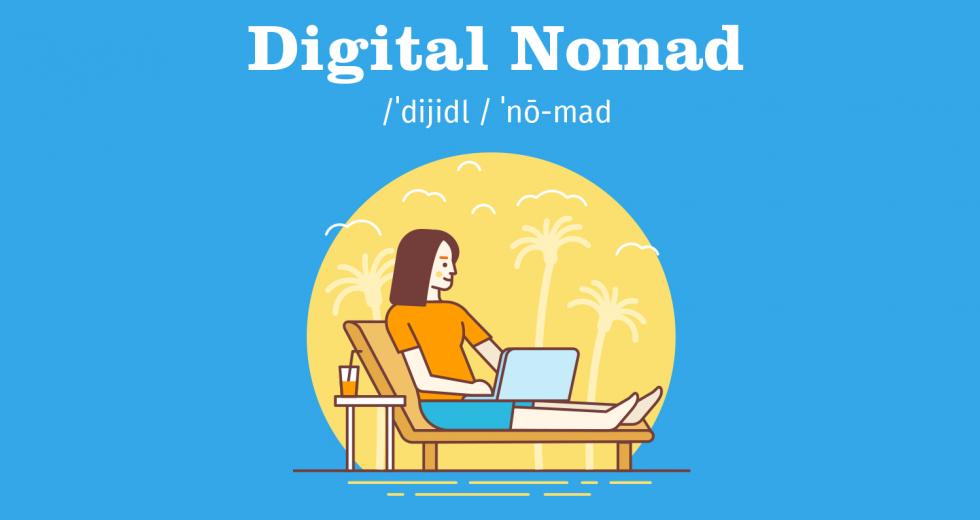In 1997, Tsugio Makimoto and David Manners wrote a book entitled “Digital Nomad,” predicting the untethered work opportunities which would arise due to advancements in communication technologies. Now, with laptops, video conferencing, messaging systems and smartphones accessible to the general population, this lifestyle has fully materialized. One could even get a Digital Nomad Visa in the tech-driven European country of Estonia in 2019.
But with the number of regular telecommuters increasing 115 percent between 2005 and 2015, according to the 2017 State of Telecommuting in the U.S. Employee Workforce Report, what differentiates a digital nomad from the deluge of remote workers?
The Buzz
One work trip does not a digital nomad make.
Kelly Azevedo says she hears this term misused often, usually by employees getting a taste of freedom on routine work trips. “If you go to a conference and you take a call at Starbucks, that’s not being nomadic, that’s just working away from your office,” Azevedo says.
Azevedo is the founder of Woodland-based She’s Got Systems, which provides services such as coaching and strategy for online businesses, and a former digital nomad. “If you call yourself a digital nomad, you have the intention of exploring the world. Whereas a remote worker may just have the option of working from home,” Azevedo says.
The Word
As a digital nomad it’s important not to let all that freedom go to your head, Azevedo cautions. “You’re not on permanent vacation,” she says.
A true digital nomad must conduct their business in a way that they can access their assets from anywhere and still show up for the job — though “showing up”’ is open to a digital interpretation. “You’re just being present from wherever you happen to be in the world today,” Azevedo says.
Azevedo thinks this free-range mobility is a glimpse into the future of work: “I think that’s a great thing because we can use technology not to withdraw from the world, but to see more of it.”



